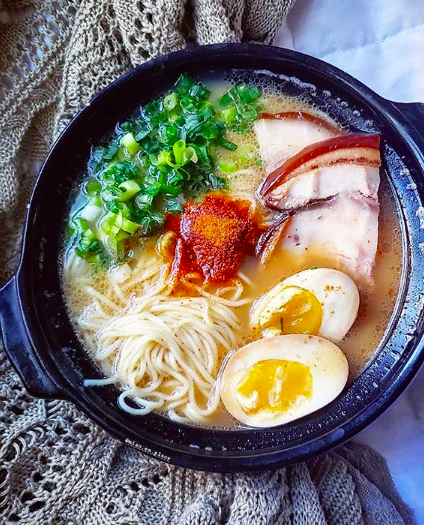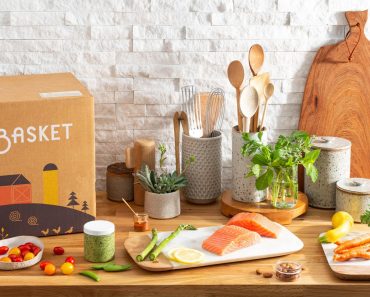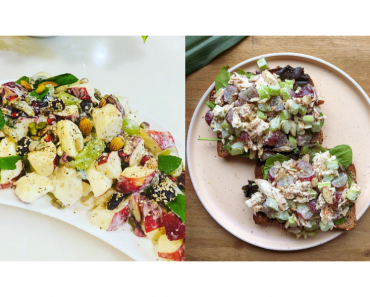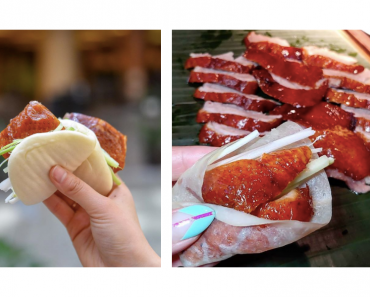Native Japanese ramen is a type of noodle soup made from Japanese wheat noodles, cooked in a savoury broth with local vegetables, meat, and eggs.
Ramen is considered one of the popular dishes of Japan, although it is said to have Chinese roots. It is a versatile dish that varies with the type of meat, vegetables, and toppings used.
According to a study, the Chinese neo-Confucian scholar, Zhu Shunsui brought ramen to Japan in the 1660s, and Mitsukuni became the first Japanese to eat ramen. He was the one who served as a Tokugawa Mitsukuni counselor after becoming a refugee in Japan to escape Manchu rule.
NATIVE JAPANESE RAMEN
- Author: Romae Chanice Marquez
- Recipe Category: Soup
- Cuisine: Japanese, Chinese Origin
In ancient times, ramen had a few toppings and a broth flavored with salt and pork bones. The whole preparation and cooking time is around 40 minutes. This recipe is suitable for at least two servings.

Today, there are several variations of Ramen. However, the main ingredients stay in place. Photo credits to: @miso.en.place.
Native Japanese Ramen Ingredients
- 1 and 1/2 lb of pork
- 1 tsp of salt
For the soup,
- 5 cups of water (1.5L)
- 50g of ginger root, sliced
- 6 cloves of garlic, skinned
- 2 bunches of green onions
- 4 Tbsp of soy sauce
- 2 Tbsp of sake
- 1 and 1/2 tsp of salt
- 1 tsp of sesame oil
For the noodles,
- 10 oz of fresh angel hair pasta (225g)
- 9 cups of water (2L)
- 2 Tbsp of baking soda
For the toppings,
- 2 boiled egg halves
- bean sprouts, blanched briefly
- green onions, cut finely
Native Japanese Ramen Instructions
Step 1: Apply salt on pork and store in the refrigerator overnight.
Step 2: Layer milk, root ginger, garlic, green onions, and salted pork in a pot and boil at a high heat. Skim fat and other scums that are floating.
Step 3: Cover, reduce heat to low, and cook for 1 1/2 to 2 hours. Let the pot cool down absolutely with the broth and pork. Squeeze and save the bacon. Slice the pork and set a topping aside.
Step 4: Prepare the remaining toppings, boiled eggs, blanched bean sprouts, and cut green onions before soup and noodles are made. Once the noodles are cooked, the soup and toppings need to be added immediately, or the noodles get weak, so you won’t have time to finish the toppings.
Step 5: Boil the broth; add the soy sauce, sake, salt, and sesame oil. Let it cool down until noodles are ready at a sufficient heat.
Step 6: Remove baking soda in boiling water in a pot, and add the new angel hair pasta. Cook the pasta and strain for 30 seconds.
Step 7: Break noodles into bowls immediately and add broth to noodles. Complete with fried potatoes, bean sprouts, green onions, and sliced pork.
Native Japanese Ramen Additional Information
- Per 100g serving has 436 calories, 16g of fat, 2,036 mg of sodium, and 179g of potassium.
- There are four main soup types of Ramen: Shio, Shoyu, Miso, and Tonkotsu. Salty is the way Ramen soup is usually flavored. The Shio type would be known to be all Western broths. The salt does not affect the broth’s appearance, so Shio soup appears to be light-colored and transparent.
- This recipe serves at least two people.
- Cook/prep time is around 40 minutes.
About Native Japanese Ramen Recipe
Across Japan, there is a wide variety of Ramen, with regional and vendor-specific variations even in ranges sharing the same name.
The two main ingredients in Ramen can be loosely categorized: noodles and broth.
This is a simple dish that has rich umami flavors that many people love all around the world.
Conclusion
Ramen became a Japanese cultural icon from the early 1980s and was studied from many viewpoints around the world. For more international recipes, click here.
Featured Image: @makomako975 / Instagram, @goodlyfin / Instagram







